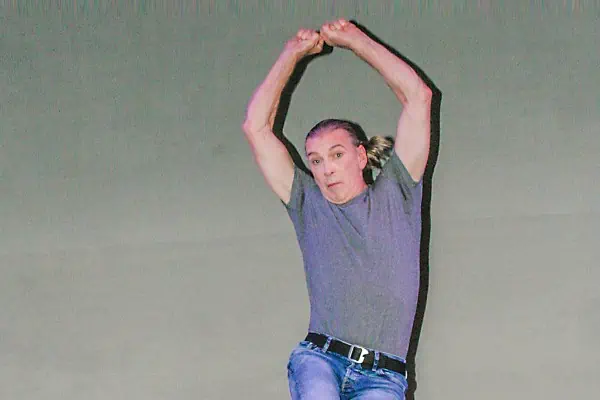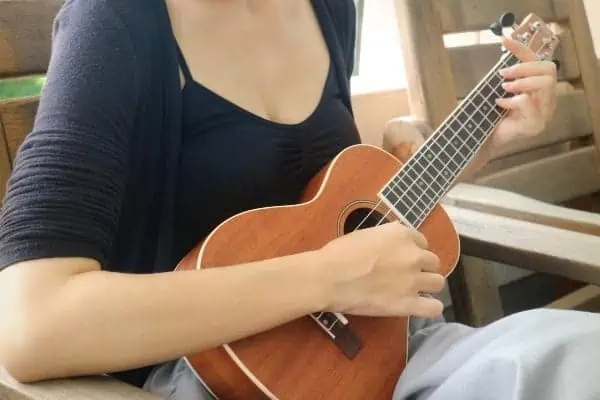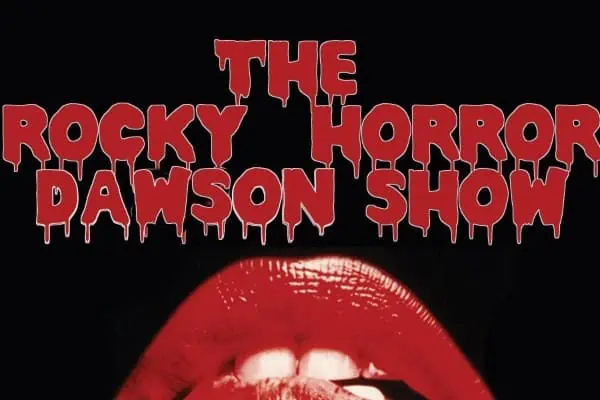Fate has a habit of steering flute and saxophone player Jane Bunnett in unexpected directions.
If tendinitis hadn’t forced a break from her intense piano practice regime, for instance, she might not have gone to San Francisco and met Charles Mingus’s pianist, Don Pullen, who would become her mentor, friend and musical collaborator.
If she hadn’t reached an out-of-court settlement worth $768 after slipping on some steps at York University, she couldn’t have afforded the soprano sax she’s still playing nearly 40 years later.
And if she hadn’t fallen ill during three successive trips to Mexico, she and her husband, trumpet player and producer Larry Cramer, might not have made Cuba their vacation destination in 1982.
Possibly, if Fate had not dealt that card, Bunnett might not have earned five Juno awards and three Grammy nominations, a pin as an Officer of the Order of Canada, or worldwide recognition for interpreting and promoting Cuban melodies and rhythms.
In those days before Ry Cooder broughtinternational acclaim to a group of veteran Cuban musicians, most North Americans tended to equate the Caribbean island with bandleaders such as Xavier Cugat and Pérez Prado.
For Bunnett, that changed almost as soon as their plane landed in Havana.
“We arrived in the airport and there was a trio playing these beautiful boleros and Cuban son. I heard four completely different styles of music in a few hours,” she recalls.
Another group was playing outside as they boarded the bus for their tourist compound in the eastern province of Santiago de Cuba. At the end of the ride, they were greeted by a folkloric group playing “crazy instruments” such as the corneta china.
“I was like, omigod, now I’m in Africa. This is so African-sounding,” she said.
“A couple of hours later, I heard this beautiful music coming from the outdoor bar. It was an 18-piece band playing these incredible mambos. They were all dressed in white and beautifully turned out, and it sounded like nothing I had ever heard.”
She and Cramer headed into town the next day to buy records and hear more local music.
“Initially, it was the Afro-Cuban music, the really folkloric stuff that got under my skin, because I felt a real connection to Mingus and Coltrane modern jazz I was listening to and trying to play.”
Bunnett felt the African rhythms she was hearing provided a great form for improvisation.
That 1982 trip was the first of many for the Toronto couple.
“I kept learning more and more about the Cuban music, that it was not just this, and it wasn’t just that. Each province in Cuba has something unique to that region.”
Blend in centuries of influence from France and two major migrations from Haiti to Cuba, plus the impact of migratory people from Spain and North Africa.
“Suddenly that all got mixed up. Even now, in the Afro-Cuban folkloric music, there’s popular music for social get-togethers, but also deeply religious music of different religious societies that came from Africa,” Bunnett explained.
“They celebrated their own saints and their own particular style of religion, and in different languages. It’s such a deep study.”
The couple became so immersed in Cuban music that Bunnett released a Cuban-themed album called Spirits of Havana in 1991. By 1998, their sixth Cuban cd, Chamalongo, was in production.
While Bunnett and her group, The Spirits of Havana, were in a downstairs recording suite in the former RCA Victor studio building, Cooder was upstairs recording his seminal album, Buena Vista Social Club.
“A few times during our sessions, we ran upstairs to see how his session was going. We shouldn’t have been doing that, because we had our hands full with our own recording. That was no piece of cake, that’s for sure.”
The couple established a foundation to administer a program called Spirit of Music, to assist Cuban musicians and music students with training and technical support, as well as instruments donated by the Yamaha music corporation.
In 2000, the National Film Board produced a documentary, Spirit of Havana: Cuban Odyssey (available online) which showcases their work.
A few years later, while working at the Conservatorio Amadeo Roldán, in Havana, Bunnett observed that over half the students were young women but that they had little presence at jam sessions or festivals.
Despite having 10 or 15 years of music training, she said, “They were happy just to sit on the sidelines and watch their boyfriends play. Often, I was the only woman at the jam sessions.”
Being at a personal crossroads from near burnout, Bunnett felt she might be able to extend an opportunity to musically-talented young Cuban women.
The result was the group called Maqueque (pronounced ma-kay-kay). Translated from the Afro-Cuban dialect, the name means “the fiery energy and spirit of a young girl,” Bunnett explained.
Their self-titled first album was unlike anything Bunnett had done previously.
“I was working with all these vocals in four-part harmony; four of the instrumentalists also sang. I didn’t know how the record would be received, but Larry (as producer) kept saying, ‘There’s something here. There’s something special.’”
That album won a 2014 Juno award. A second record earned a Grammy nomination. Bunnett’s third album with Maqueque is scheduled for recording in early December.
The sextet will be in Dawson City for a concert in the KIAC Ballroom on Friday, October 26 at 8 p.m. The following night, they will play for an Afro-Cuban Dance Party at the Old Fire Hall, beginning at 8 p.m.
On Sunday, October 28, they will give a Jazz on the Wing performance at the Yukon Arts Centre, starting at 7:30 p.m.
Details can be found at www.jazzyukon.ca.




